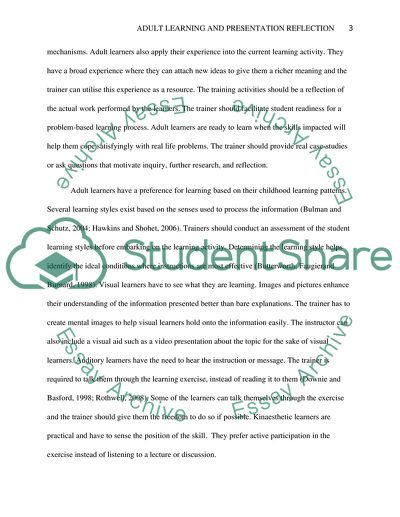Cite this document
(“Adult Learning and Presentation Reflection Essay”, n.d.)
Adult Learning and Presentation Reflection Essay. Retrieved from https://studentshare.org/nursing/1613204-adult-learning-and-presentation-reflection
Adult Learning and Presentation Reflection Essay. Retrieved from https://studentshare.org/nursing/1613204-adult-learning-and-presentation-reflection
(Adult Learning and Presentation Reflection Essay)
Adult Learning and Presentation Reflection Essay. https://studentshare.org/nursing/1613204-adult-learning-and-presentation-reflection.
Adult Learning and Presentation Reflection Essay. https://studentshare.org/nursing/1613204-adult-learning-and-presentation-reflection.
“Adult Learning and Presentation Reflection Essay”, n.d. https://studentshare.org/nursing/1613204-adult-learning-and-presentation-reflection.


